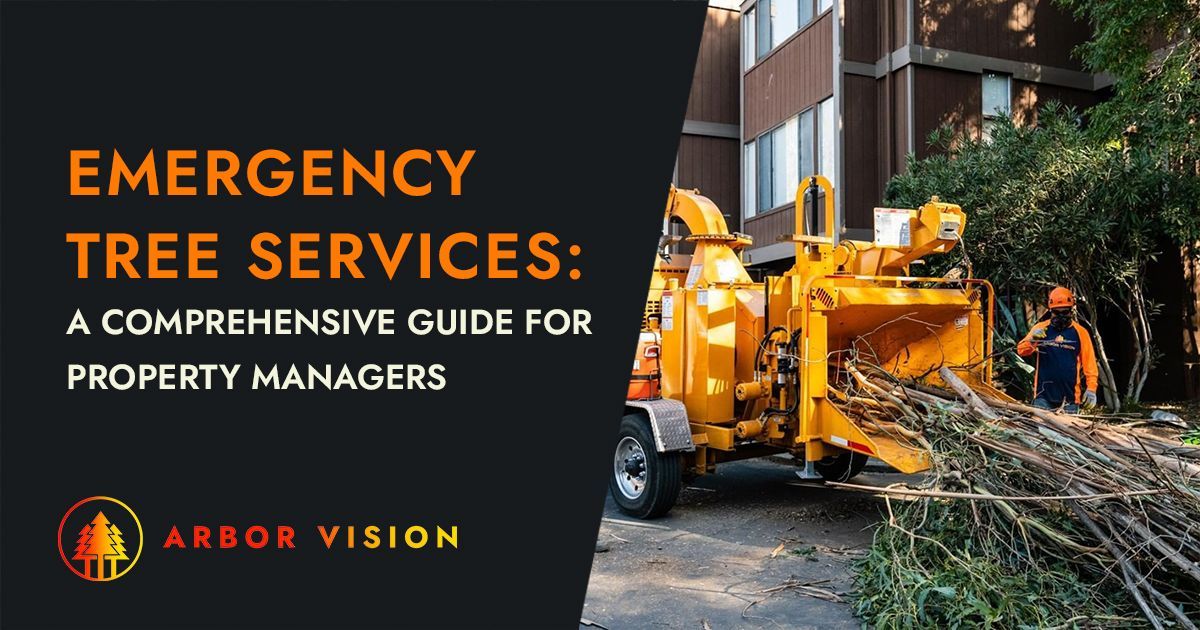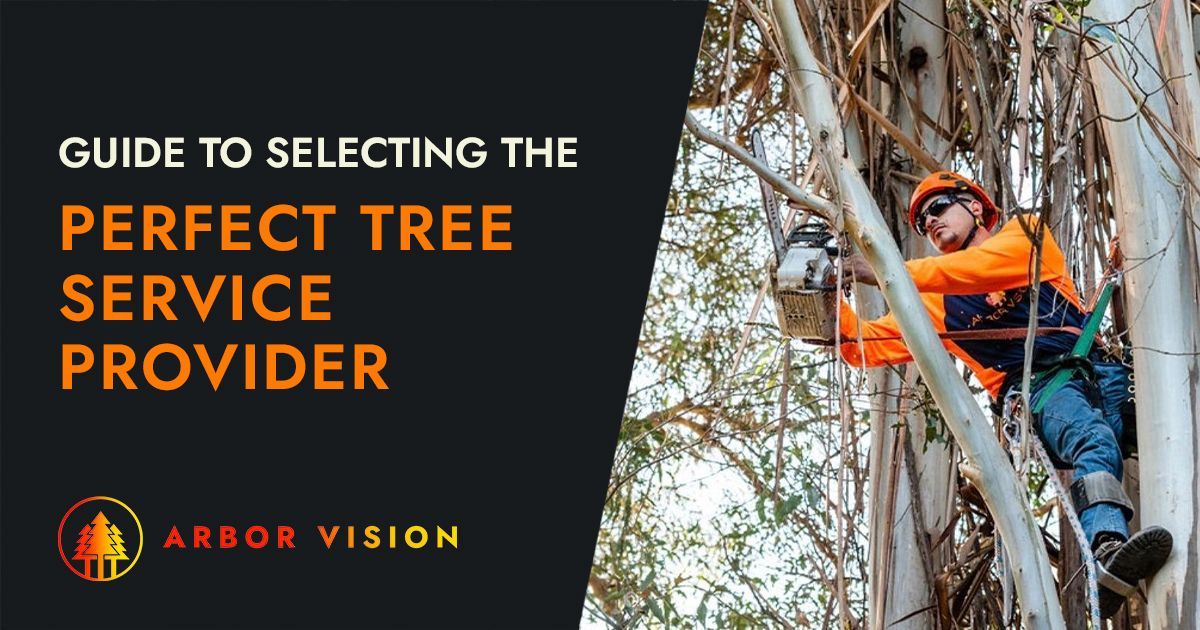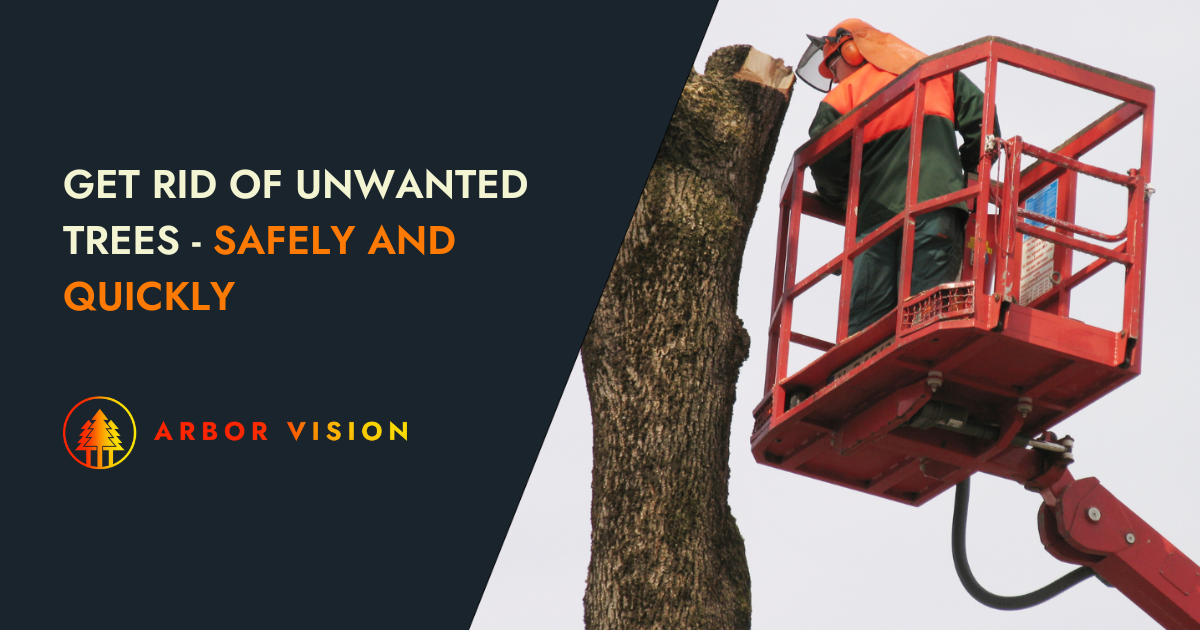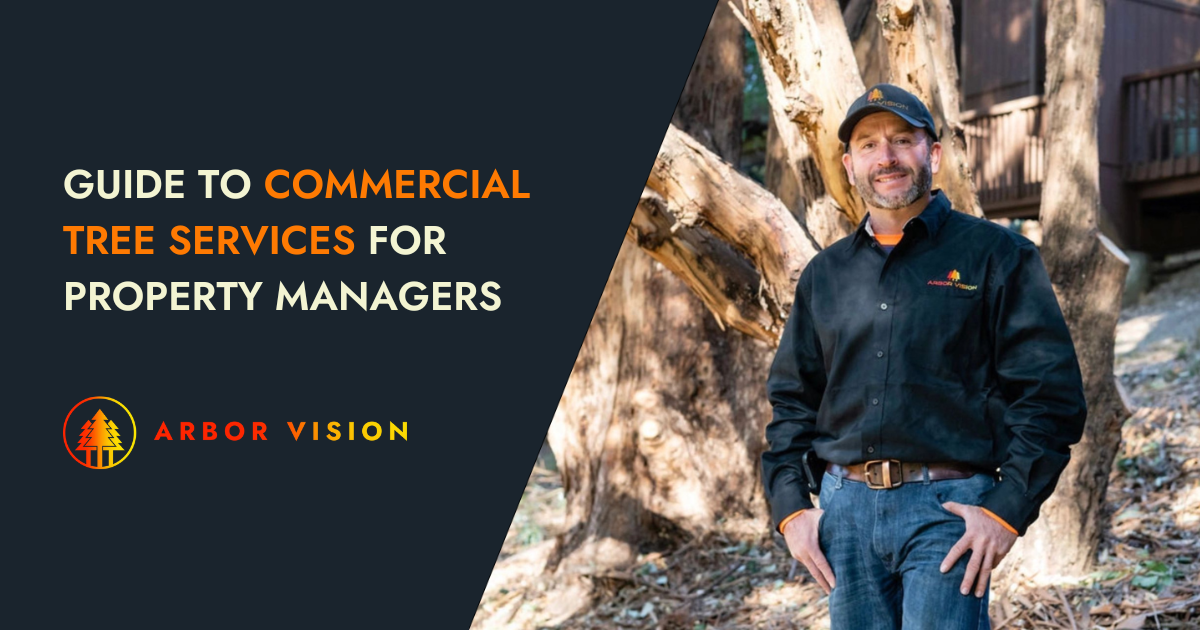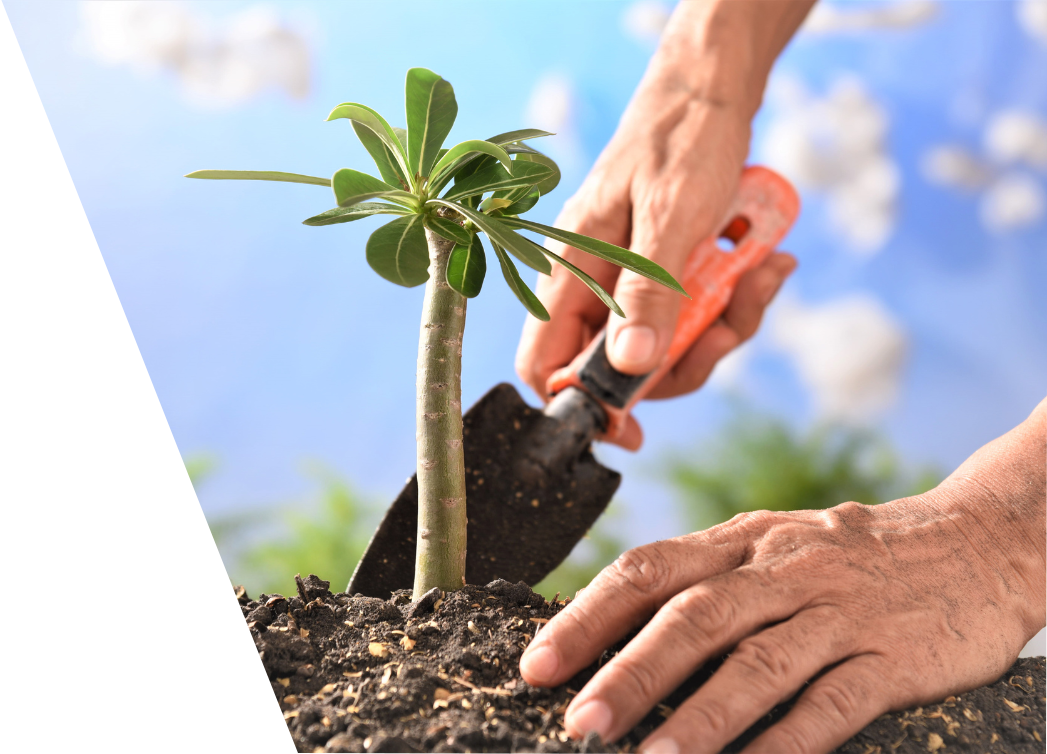
Whether the commercial property you manage is new or has been standing for decades, maintaining curb appeal is essential to attracting and retaining tenants. Commercial tree plantings offer several benefits, from reducing soil corrosion and energy consumption to improving air quality and wind breaks. This handy professional commercial tree planting overview explains the entire tree planting process, from selecting suitable trees to critical post-planting care.
Additionally, you can refer to the comprehensive
in-depth tree services guide for in-depth guidance on tree services. It provides valuable insights into pruning techniques, disease prevention, and tree removal methods, ensuring the health and vitality of your commercial tree plantings.
Harness the Power of Commercial Tree Planting
Selecting the Right Trees
Commercial tree planting always begins with selecting tree species that thrive in California. With higher occurrences of droughts and heat waves, choosing low-maintenance native trees is the wisest investment. Other considerations recommended by ISA-certified arborists include the following:
Soil Condition
Different tree species tolerate different types of soil. Although trees generally tend to manage well in soil with a pH level between 6.0 to 7.5, a soil test is essential before choosing your trees. A professional commercial tree planting service tests for things such as soil type and “porosity.” Porosity tells you how well the soil on the property will hold water and nutrients. The more porous the soil, the fewer nutrients it has and the more saturated it becomes when holding water.
Maturity Size
A tree’s height and spread at maturity present possible infringements that could lead to issues. You want a tree that won’t interfere with nearby power lines or damage the property and building. In addition, tree size impacts tree maintenance. For example, choosing a tree with uncontrolled canopy growth increases the frequency of pruning and limb removal, as it poses risks for roof damage and falling branches.
Root Spread
What happens below the tree is just as important as what happens above. Avoiding aggressive root systems prevents risks of damage to your property, parking pads, pathways, irrigation systems, and foundation.
Maintenance
Ideally, you want a tree that adds a beautiful addition to your landscaping but won’t add more maintenance to your list.
Planting Site
First, when considering the planting site, you should always choose a spot at least 25 feet away from the following:
- Overhead power and utility lines
- Concrete structures such as stairs or parking pads
- Pathways
- Other trees
Next, water and light are essential for tree health. Therefore, where you plant the tree also impacts the type of trees you choose. Finally, some questions to ask include:
- Do the trees need full sunlight or shade?
- Does the site allow for large or small trees?
- How is the drainage in the area?
- What is your tree-planting goal? i.e., Do you want to create more shade to keep the building cool? Do you need the trees as a wind break? Are the trees purely cosmetic?
Your commercial tree planting services can help you choose a tree suited to the planting site to meet your goals and avoid problems.
Disease Resistance
Choosing trees that are disease resistant also reduces the cost of maintaining your trees. Trees prone to certain diseases or vulnerable to pests require special care to keep them healthy.
Site Preparation
You can help make the tree planting process go smoothly by taking the following preparation steps:
- Clear the area: Make sure anything that can be moved, such as benches, urns, maintenance equipment, etc., are cleared from the site to make room for the commercial tree planting team.
- Inform tenants and neighbors: Send out a notice to tenants and neighbors letting them know when the tree planters will arrive, what work is involved, how long it will take, and how it will improve the area and property.
- Make way for trucks: If possible, provide a convenient spot where the tree planting service can park their vehicle for easier access to the planting site.
Planting Techniques
Professional commercial tree planting companies have ISA-certified arborists on site to ensure your trees are planted correctly. The basic tree-planting technique follows these steps:
- A suitable hole is dug, removing all large rocks from the planting site.
- Soil conditioners are added to promote root development.
- The tree is carefully removed from its container to avoid loosening the root ball and then placed in the hole.
- The area around the tree is backfilled with native soil, and the tree planters ensure the tree sits slightly above the ground to avoid shifting.
- A well is created around the edge of the canopy using the remaining native soil so the tree receives proper watering to anchor the tree and ensure the root system isn’t too shallow. This step ensures the roots won’t seek water sources nearby, such as fountains, swimming pools, or waterlines, reducing the risk of property damage.
- A layer of premium mulch keeps tree roots cool and improves adequate watering.
- Air pockets are tamped down, and more native soil is added, allowing the tree to settle and avoid shock to the new tree.
Post-Planting Care
Your arborist will provide care instructions to ensure the tree receives enough water and nutrients to establish itself. They also recommend a maintenance plan such as trimming and pruning frequency, applying tree nutrients, and annual fertilization to protect your tree and allow it to thrive. Also, some “showier” tree species might require specific maintenance.
For example, the tree species or area can sometimes increase the risk for pests or diseases, so having an appropriate tree care plan suited to local conditions is essential. Investing in a comprehensive tree care plan minimizes costs over the tree’s life while optimizing the tree’s health, beauty, and usefulness.
Benefits of Professional Tree Planting Services
Working with commercial tree planting services ensures your trees are suited to your property. As a result, they flourish in their new environment. In addition, hiring a professional service offers many benefits, including:
- Soil check: Before the tree is even chosen, arborists check the soil to ensure they recommend trees suited to the environment. They also provide nutrients to improve the condition of the native soil.
- The job is done right: Following the proper steps based on the soil type and tree species avoids damage to the root system and prevents shock when the tree is placed in its new environment.
- The right planting site: Planting a tree in the wrong place eventually leads to property damage as the tree begins to infringe on the building, outdoor structures, and power/utility lines.
- Equipment and technique: Tree root balls are delicate and must be handled properly to prevent damage. The proper planting equipment, tools, and techniques ensure the tree avoids damage during transportation and planting.
- Care: Arborists are tree lovers and will ensure they share essential advice to keep your tree healthy. A tree care plan based on the type of tree, your property, and the tree’s seasonal habits, such as blossoming, ensures the tree is healthy and happy.
Learn More
Commercial tree planting is an excellent way to increase property value, purify the air, provide cooling shade, reduce energy waste, and absorb local noise. For more information on commercial tree planting, read our Comprehensive Guide to Commercial Tree Services for Property Managers.
Share this page:


